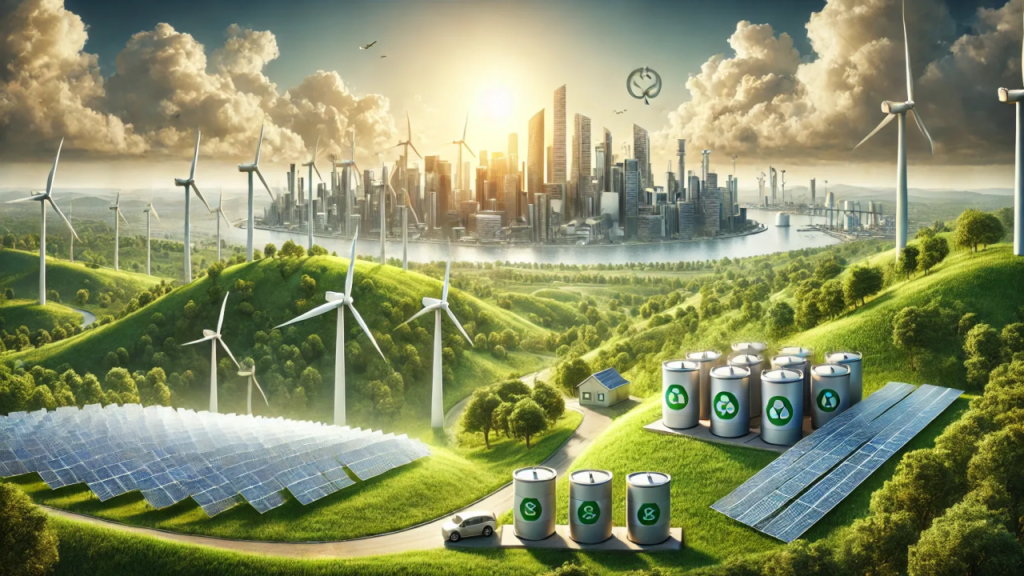The Global Energy Review 2024 by the International Energy Agency (IEA) registers a whopping 2.2% increase in world energy demand, which exceeds the decade’s average growth of 1.3%. Nevertheless, this growth is lower than the 3.2% increase in world GDP, and it indicates an improvement in energy efficiency and technological consumption patterns.
More than 80% of energy demand expansion was driven by emerging and developing economies. China’s energy use experienced a muted growth of below 3%, a significant decline from 2023 levels. Advanced economies, on the other hand, turned around previous declines with energy demand increasing modestly by 1%.
Electricity Consumption Spikes with Electrification and AI
Global electricity consumption jumped by 1,100 terawatt-hours (TWh) (4.3%), almost twice the average of the decade. The boom was driven by record temperatures, industrial growth, electrification of transport, and the accelerating adoption of artificial intelligence (AI) in energy-intensive industries. Low-carbon sources supplied the majority of this new demand, with renewables and nuclear supplying 80% of the increase.
Renewables and Nuclear See Record Growth
The report documents a record 700-gigawatt (GW) increase in renewables, the 22nd year of consecutive expansion. Nuclear energy also recorded its fifth-largest 30-year yearly expansion. Combined, these sources provided 40% of the world power mix, with natural gas accounting for the remaining demand.
- Fossil Fuel Trends: Oil Tapers Off, Gas and Coal Record Modest Rise
- Natural gas consumption increased 2.7% (115 bcm), above the decade’s average annual rate of growth.
- Oil demand rose by 0.8%, while its share of overall energy use dipped below 30% for the first time in half a century.
- Electric vehicle (EV) sales jumped more than 25%, lowering road transport oil use and counterbalancing growth in aviation and petrochemicals demand.
- Global coal use grew by 1%, mainly attributed to record heat in China and India.
CO2 Emissions and Clean Energy’s Role
Global CO2 emissions from energy rose by 0.8% to 37.8 billion tonnes, primarily because of extreme weather events. But progress in clean energy—solar PV, wind, nuclear, EVs, and heat pumps—now avoids 2.6 billion tonnes of CO2 emissions every year, a 7% decrease in overall emissions.
In spite of increasing energy use, advanced economies experienced a 1.1% reduction in emissions, their lowest in 50 years, even as GDP increased threefold. China’s emissions, however, were still 16% above per capita levels in advanced economies, although their growth slowed considerably.
IEA’s Take on the Global Energy Shift
IEA Executive Director Fatih Birol noted that 2024 figures reinforces the underlying trends—slowing down of oil demand growth, increased EV uptake, increasing electricity consumption, and decoupling economic growth from emissions. The energy transition to cleaner sources is intensifying, preparing the ground for a more sustainable energy future.
As nations increasingly invest in renewable energy and electrification, the world’s energy future is changing to bring a more low-carbon and more secure world.
Read Also: Trump sticks to fossil fuels as the world shifts to EVs

